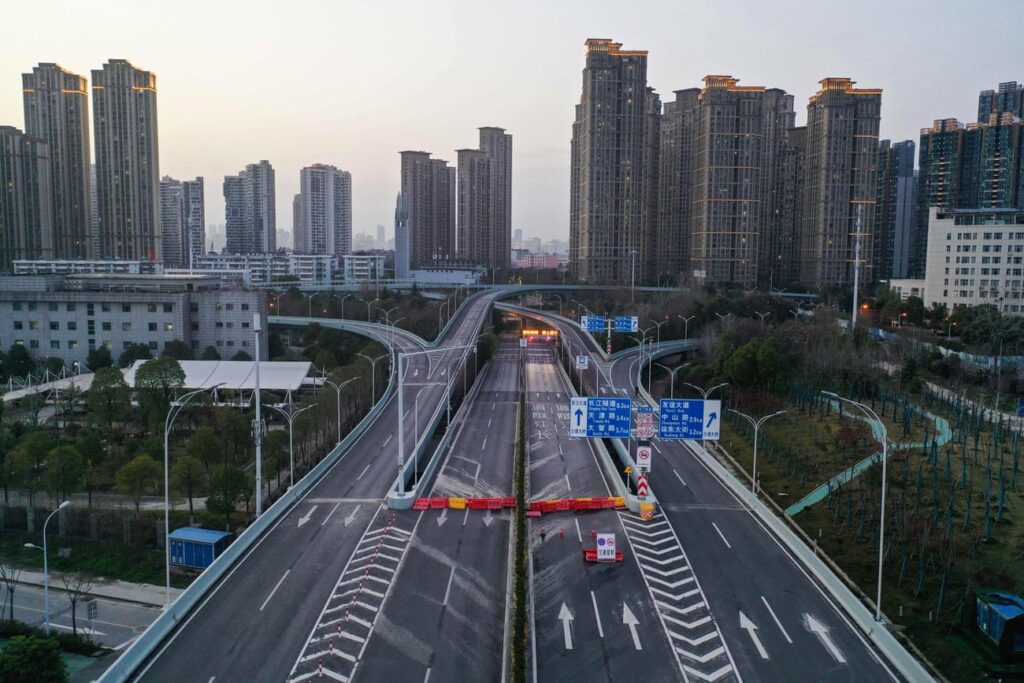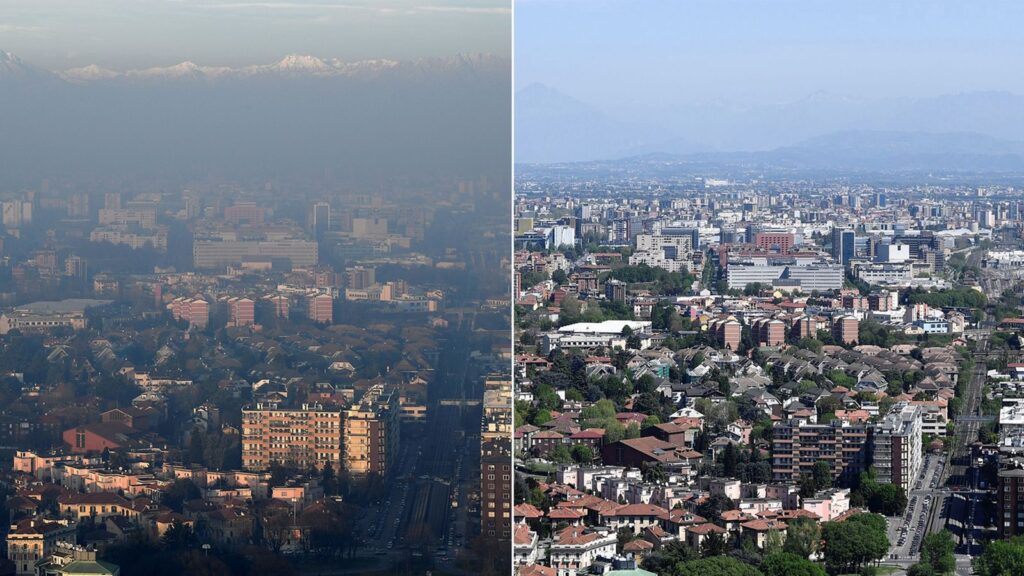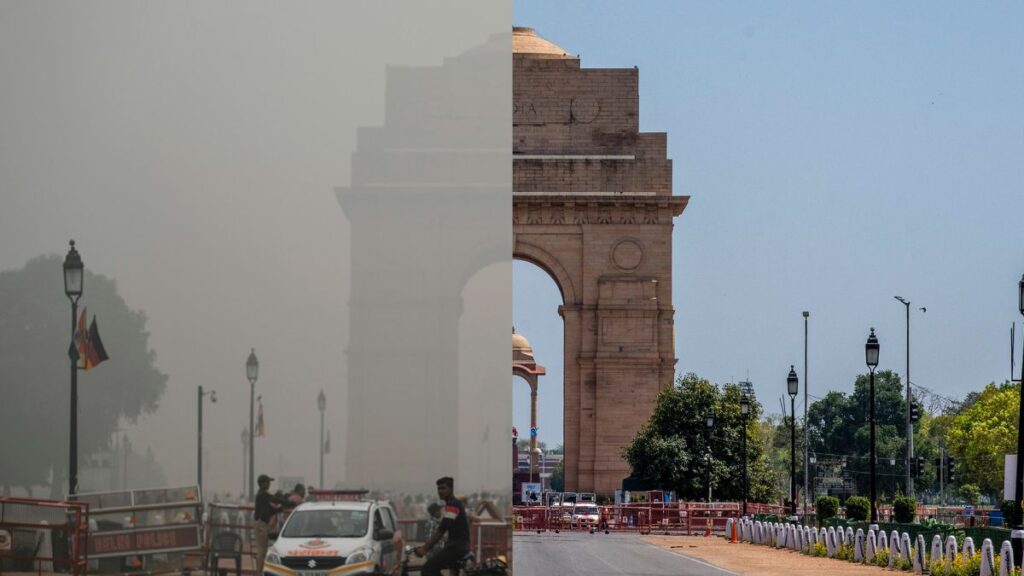Will the future be different for the post coronavirus environment? This might be the turning point to save the planet and make it a better place all of us.
In a matter of six months, the world has been transformed beyond imagination. Hundreds of thousands of people have already died, and millions more have fallen ill, from a coronavirus that was previously unknown before appearing in the city of Wuhan in December 2019. For millions of others who have not yet caught the disease, their entire way of life has transcended by it and it may forever.
The Coronavirus has also been causing the world’s worst economic catastrophe since the Great Depression in the 1930s and it will vastly surpass the 2007-2009 recession. The restrictive measures such as stay-at-home order, closing factories, closing borders and suspending transport services employed by governments paralyze the global economy. Tourism, the world’s 10% GDP contributor, suffered the gravest blow ever than any other sector.

The industrial shut down, flight cancellation and banning ground transportation have slashed greenhouse gas emissions and air pollution around the world. If there is at least one thing positive to take from this global pandemic, it could be that it’s offered a taste of the air we might breathe in a low-carbon future. According to a report by Colombia University Earth Institute, between March 13 and 30 alone a 10 per cent drop in carbon dioxide and methane emissions, and 50 per cent drop in carbon monoxide (which are the main polluting gasses)has recorded across the globe. A 25 per cent reduction in total emission due to lockdown is recorded in China at the start of the year while 40 per cent drop in NO2 is recorded in its major cities. Cable News Network reports that about 40 % coal use is cut in six major Chinese power plants in the last quarter of the year.
As a result of such significant measure, the proportion of days with “good quality air” went up 11.4% compared with the same time last year in 337 cities across China, according to its Ministry of Ecology and Environment. In Europe, satellite images show nitrogen dioxide (NO2) emissions fading away over northern Italy; and similar story is playing out in Spain and the UK.

With respect to transportation, the sector makes up 23 per cent of global carbon emission. Driving and aviation (which reduced 60 to 95% of scheduled flight)are key polluters, contributing 72% and 11% of the transport sector’s greenhouse gas emissions respectively. The emission from the sector has fallen drastically in the last few months due to the public health measures to stay at home and suspend traveling.
As a result of the quarantines and lockdown due to the coronavirus pandemic is not only keeping people safe but it’s reducing the amount of air, land and water pollution. From the waters of Venice to the busiest streets of Hong Kong, millions across the world are under quarantine, unintentionally giving the environment the reset that it deservedly needs.India, for instance, which has 21 of the world’s 30 most polluted cities, has witnessed asudden fall in pollutants and the subsequent blue skies following the nationwide lockdown due to coronavirus.This could be a turning point for the government to devise a strong means to deal with the matter in the post pandemic India.
However; it’s far from certain how lasting this dip in emissions will be. Because when the pandemic eventually wear off; the lockdowns are lifted and life returns to what it once was, so too will the pollution that clouds the skies and with it the greenhouse gases that fuel global warming.In fact, the rebound could be even worse. Because the industrial recovery and economic activities will be accelerated to make up the economic losses during the pandemic which will bring backcarbon and pollutant emissions bounce back. Glen Peters of the Center for International Climate and Environment Research in Oslo reminded that the overall 2008/2009 financial crisis which resulted in 1.3% dip in emission reboundedan all-time high following the 2010 global economic recovery. And no one guarantee this may not happen this time.
What will the post pandemic global environment be like?
One thing that we can fairly be certain about the post pandemic global environment in general and pollution in particular is, it won’t be the same as before: either we revolutionized it with better approach or worsening by turning a blind eye.


Paul Monks, Professor of Atmospheric Chemistry and Earth Observation Science at University of Leicester writes, “The pandemic could show us how the future might look with less air pollution, or it may just indicate the scale of the challenge ahead. At the very least, it should challenge governments and businesses to consider how things can be done differently after the pandemic, to hold on to temporary improvements in air quality.” It is highly likely that governments, international governmental and non-governmental organizations, environmental activists actively campaign and propose a better approach towards sustainable environment and clean energy. Social science studies stress the notion that interventions are more effective if they take place during moments of change which lead to the introduction of lasting habits- in this case new approach to tackle pollution and global warming. The coronavirus crisis may have a big influence on our approach to pollution, sustainability and the way moving forward.
Tewodros Sahile


